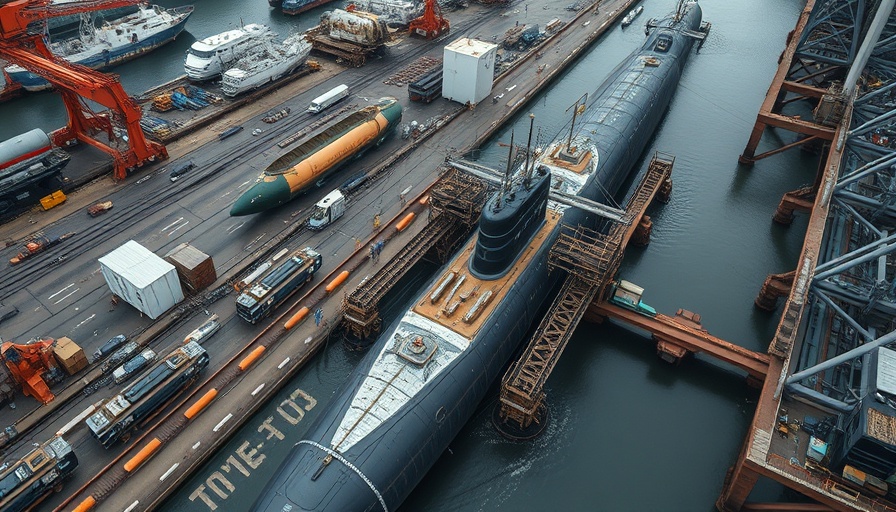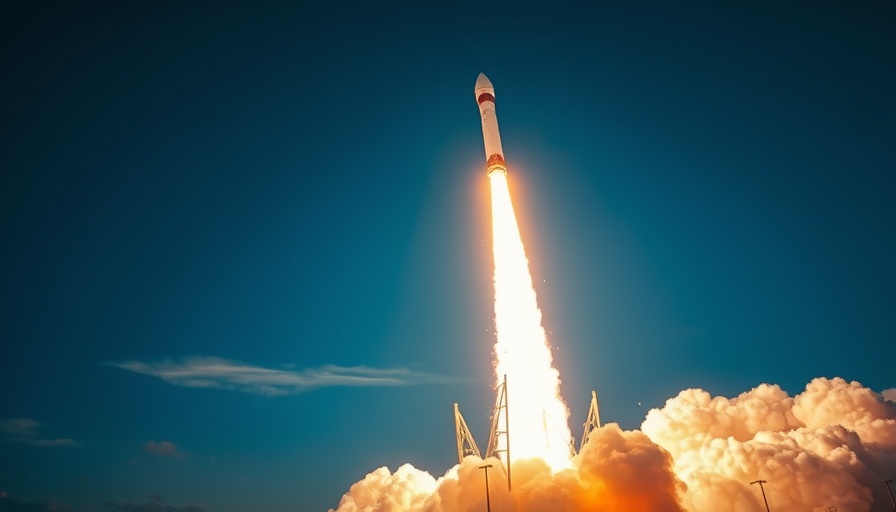
Exploring the Gurnard: A New Frontier in Seabed Warfare
At the IDEF 2025 exhibition in Istanbul, a groundbreaking mini submarine concept called “Gurnard” was unveiled by the Turkish engineering firm DATUM. As world attention shifts toward seabed warfare operations, Dr. Munir Cansin Özden, founder of DATUM, explains the significance of this cutting-edge vessel that combines technological innovation with historical context.
Why Seabed Warfare Matters Now More Than Ever
Seabed warfare is not merely a relic of Cold War tactics; it has become increasingly relevant in today’s geopolitical dynamics. With nearly 99% of international data traffic reliant on underwater cables, the integrity of these structures is critical. The sabotage of the Nord Stream pipelines in 2022 serves as a stark reminder of our precarious underwater infrastructure. As countries grapple with cyber and physical threats, mini submarines like the Gurnard could play a vital role in safeguarding these essential assets.
A Look Back: Historical Context in Modern Warfare
The concept of utilizing submarines for covert underwater operations isn't new. Historical operations such as Ivy Bells, where the U.S. Navy wiretapped Soviet communications, illustrate the strategic military advantage that arises from controlling the underwater domain. The Gurnard takes a page from these historical tactics, designed to execute modern missions in the digital age. It aligns with countries like Russia and the USA, each devoted to enhancing their underwater capabilities with specialized designs to address contemporary threats.
The Innovative Design of the Gurnard Mini Submarine
The Gurnard isn't just a response to current threats; it is a pathway into the future of maritime operations. It is designed for a range of seabed warfare tasks, including the repair and protection of underwater cables, employing advanced technology such as cable cutters and grippers that are actively used in the offshore industry. The sleek and compact design allows for agility in execution while maintaining a low profile, making it harder for opponents to detect.
Challenges Facing Underwater Operations
While the Gurnard represents significant advancements, seabed warfare is fraught with challenges. For instance, environmental factors affecting underwater conditions can threaten equipment integrity and mission success. Moreover, as nations like China ramp up their underwater capabilities, maintaining leadership in this domain is essential to avoid being outpaced. Countries must invest in continual research and development to face emerging threats convincingly.
Future Predictions: What Lies Ahead for Seabed Warfare
As technological advancements evolve, so will the methods of seabed warfare. Analysts predict that nations will increasingly invest in covert operations and the development of specialized vessels like the Gurnard. The integration of AI and machine learning will further enhance operational effectiveness. Additionally, as climate change impacts our oceans, future designs may need to adapt for deeper and harsher environments, extending capabilities to 6,000 meters where only 2% of global ocean floor operations currently occur.
Encouraging a Future of Collaboration
While nations may compete for dominance in seabed warfare, there is also room for collaboration. International agreements managing underwater cable safety and shared intelligence can enhance global security. Joint training exercises with the Gurnard could foster cooperation among allied nations, turning the tide from division to unity.
Takeaways and Actions for Awareness
Understanding the implications of this new technology and enhanced underwater capabilities is crucial for awareness around global security. Engaging in discussions, attending relevant exhibitions, and staying informed about technological developments in maritime operations will help foster a well-rounded perspective. Awareness leads to proactive measures in policy and defense strategies.
 Add Row
Add Row  Add
Add 




Write A Comment